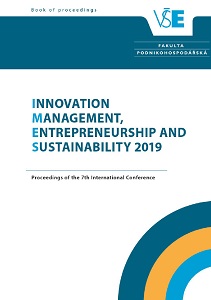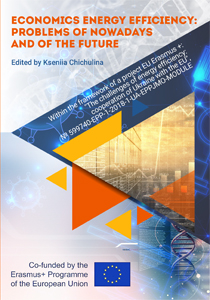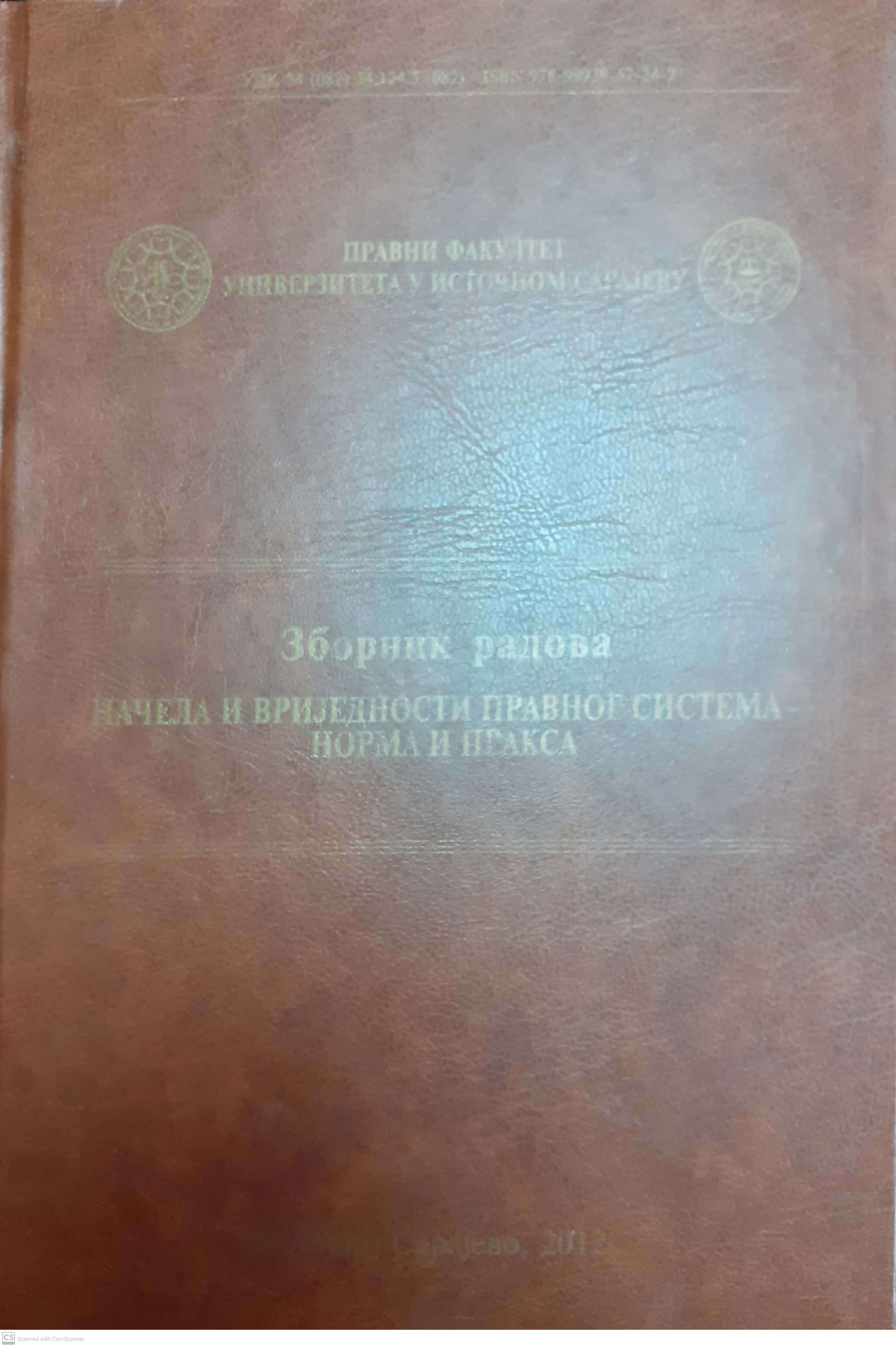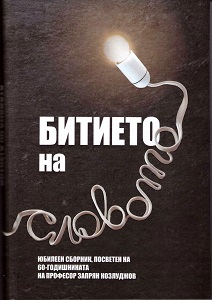
Risk Evaluation of Incremental Innovation in Logistic Information System
Purpose: The portfolio of automation tools with information communication technologies isextensive. We know many tools for their implementation, but insufficient reputation and mistrustin the digitization of production processes inhibit progress in obtaining information aboutmanufacture processes within Industry 4.0. One of the known toll is the implementation ofincremental innovation in logistic information system. Design/methodology/approach: For the implementation of incremental innovation (3I model)have been used this case presented 2 years ago. The incremental interdisciplinary innovation model– 3I model describes the process of introducing automatization tools with ICT into the logisticsinformation system. Each step in the process is analyzed as a risk of nonobservance of the model‘sstep. Follows the minimization of risks and case studies to illustrations procedure. Findings: Risks have been identified in introducing incremental innovations into the logisticsinformation system. Risks were categorized as reversible an irreversible. Research/practical implications: According to the 3I model, a case study model with identifiedrisks of introducing incremental innovations in the construction of buildings and structures wasbriefly formulated. Originality/value: Risk identification leads to the prevention or elimination of this risks. We canpredict the origin only of known risks. If the risk arises, then the risk categorization in the articledetermines whether the risk can be rectified or the innovation process should be interrupted.
More...


